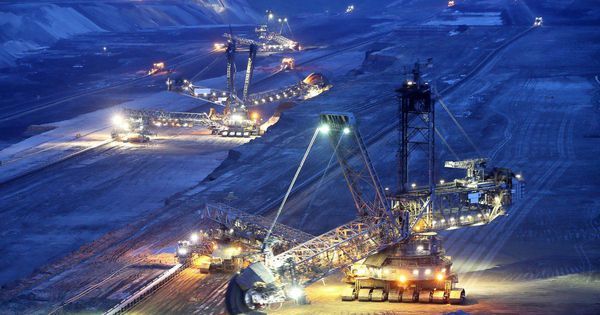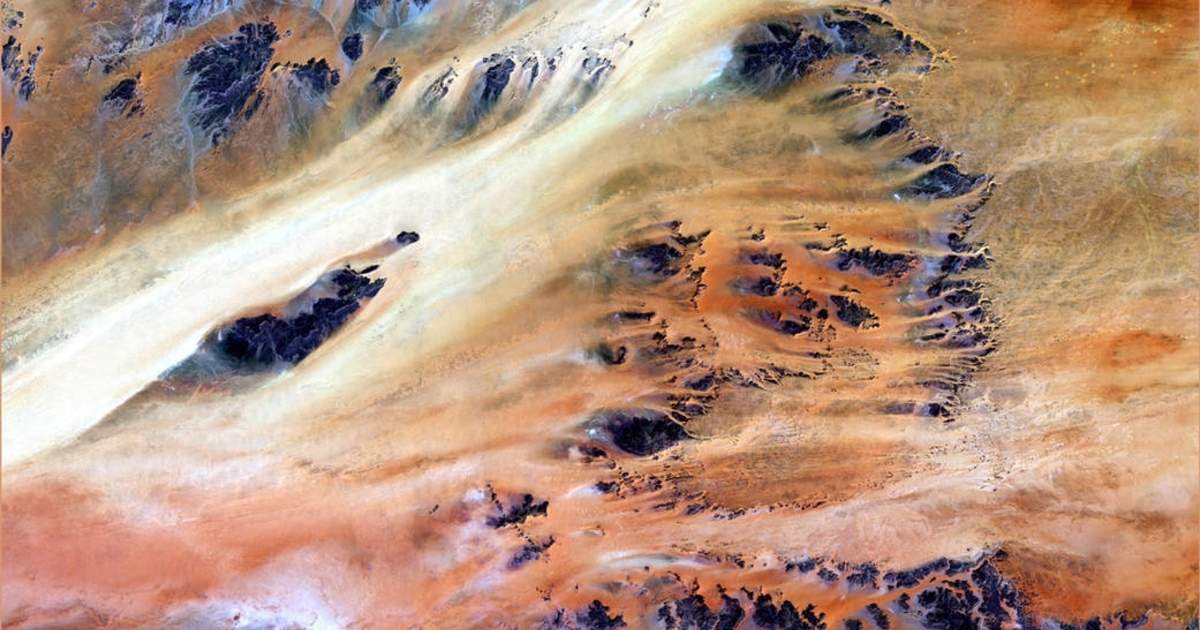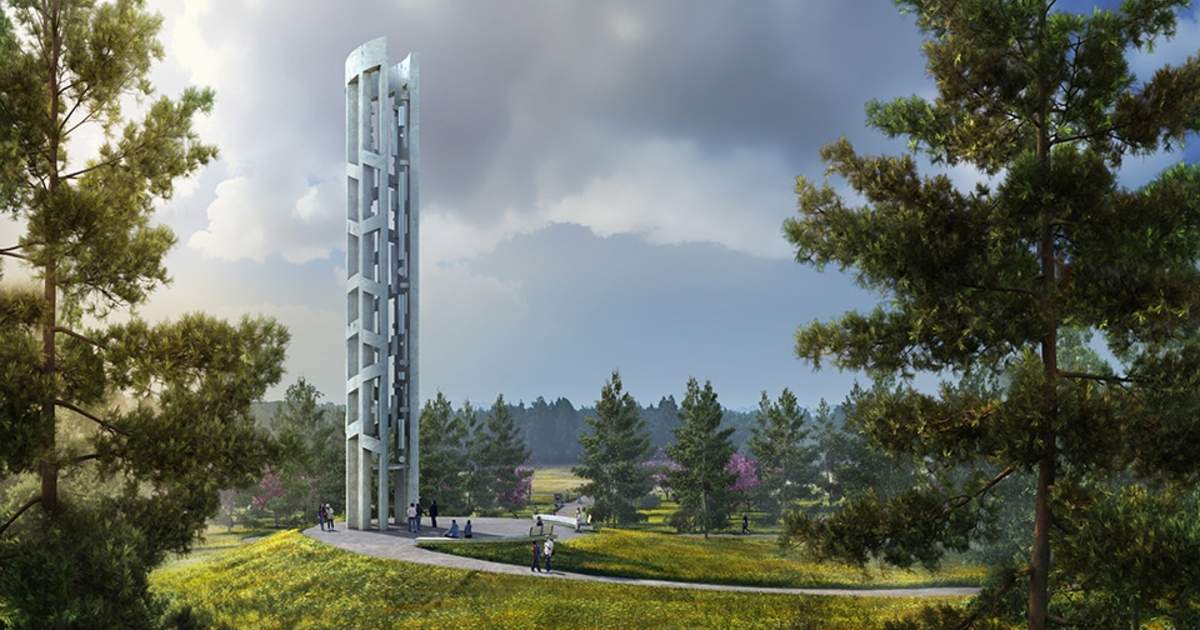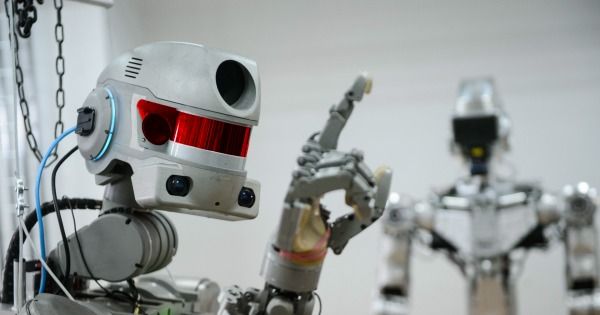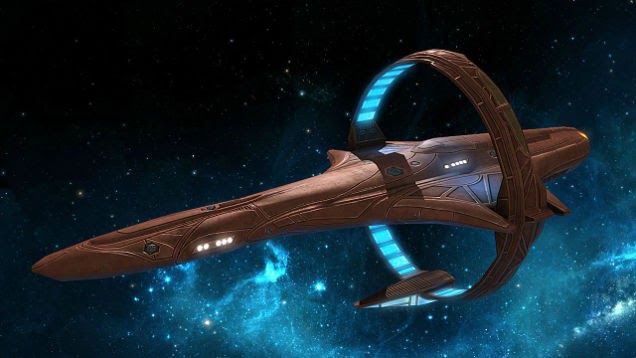Page 8574
Sep 7, 2018
Adding clean energy to the Sahara could make it rain (and not just figuratively)
Posted by Genevieve Klien in categories: climatology, computing, solar power, sustainability
Think of the Sahara, with its windswept dunes shining in the sunlight. Some people might see barren land, with minimal water or life and scorching temperatures. Others see a potential solution to a looming energy crisis, and one that could potentially make it rain in one of the largest deserts in the world.
In a paper published this week in Science researchers found that by building out huge wind and solar farms across the desert, they could not only provide a stunning amount of power to Europe, Africa, and the Middle East, but they could simultaneously change the climate—increasing heat, but also increasing precipitation and vegetation in areas that could sorely use the added greenery. They estimate that such a venture could double the rainfall in the region, and increase vegetation cover by about 20 percent.
How much green are we talking? The Sahara covers 3.55 million square miles (9.2 million square kilometers). In the study, the researchers ran computer models that placed wind turbines across the desert close to a mile apart, and covered 20 percent of the desert with solar panels in different configurations (sometimes the panels were spread across the desert in a checkerboard pattern, and in other cases were concentrated in quadrants). Smaller coverage produced smaller climate impacts—in this case, less precipitation—but much of it depended on the location of the turbines and panels as well. For example, installing panels in the northwest corner had a larger impact than the other three desert options.
Sep 7, 2018
Pennsylvania’s 9/11 memorial is one of the first in the world to use sound as a tribute
Posted by Genevieve Klien in category: futurism
After centuries of silent designs, the architects of two major 9/11 memorial sites have settled on sound.
Sep 7, 2018
Amazing footage of Chinese rocket launch captured
Posted by Chiara Chiesa in category: satellites
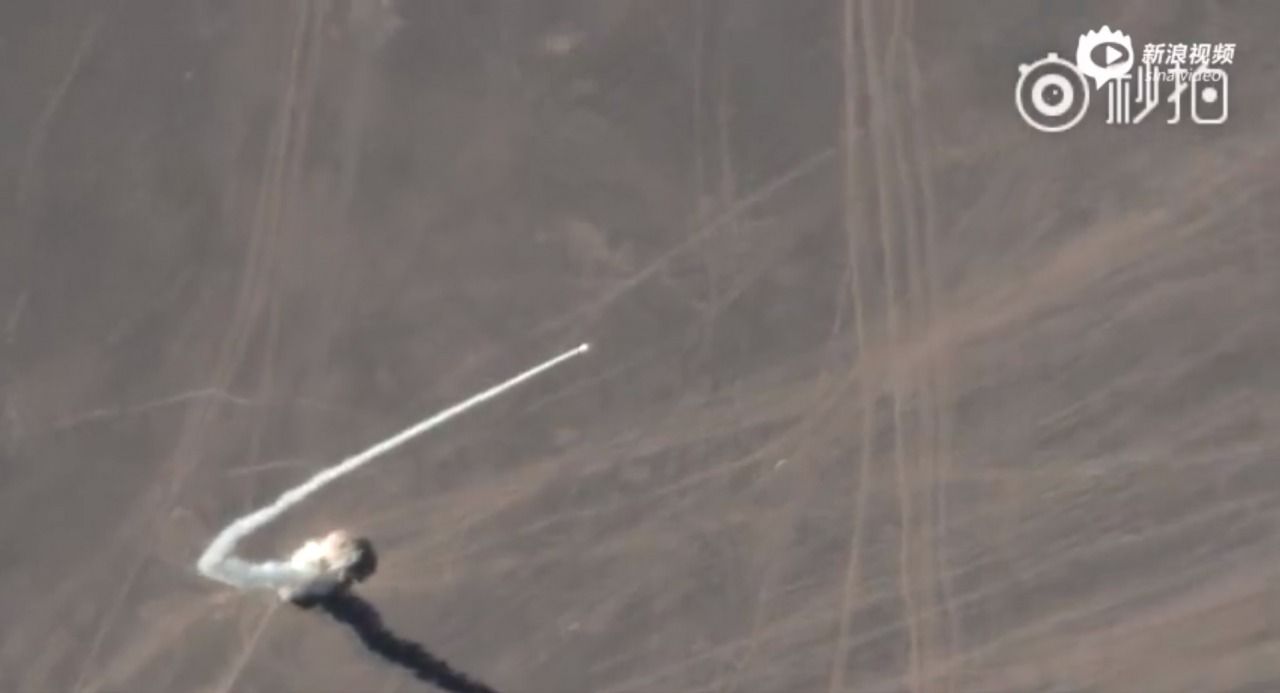
A Chinese remote sensing satellite has captured stunning footage of a suborbital rocket launch taking place at the Jiuquan Satellite Launch Centre in the Gobi Desert.
The Jilin-1 satellite was orbiting at around 535 kilometres above the Earth as the OS-X1 rocket lifted off from Jiuquan at 12:10 local time (04:10 UTC) on Friday.
Continue reading “Amazing footage of Chinese rocket launch captured” »
Sep 7, 2018
Should Evil AI Research Be Published? Five Experts Weigh In
Posted by Carse Peel in category: robotics/AI
Five experts speaking at a conference on Human-Level Artificial Intelligence weigh in on whether scientists should create AI they know will be evil.
Sep 7, 2018
Elon Musk: I’m about to announce a ‘Neuralink’ product that connects your brain to computers
Posted by Carse Peel in categories: computing, Elon Musk, neuroscience
Elon Musk smoked pot and drank whiskey on the Joe Rogan podcast and said he’s going to soon announce a new “Neuralink” product that can make anyone superhuman.
Sentient AI released by Utah based technology company. “It feels real emotions” states CEO & Chief Technologist.
AI Abstract Series Episode 3 — Implementing a Seed Safe/Moral Motivational System with the ICOM.
Sep 7, 2018
GALAXIES VOL. III : Voyage to the core Staff Picks
Posted by Alberto Lao in categories: alien life, habitats
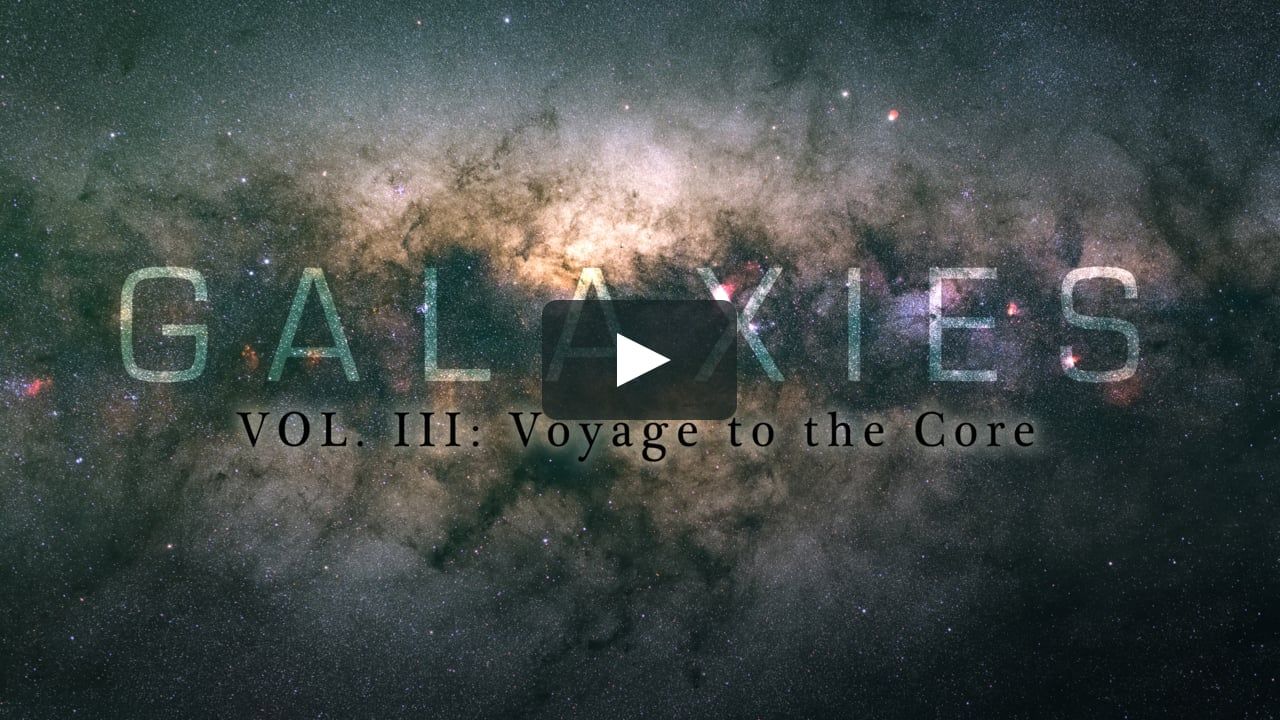
4K — This is stunning! 🤪🤩💫 Goodnight, Earthlings! Credit video: Adrien Mauduit Films.
There’s something fascinating about our own home galaxy. Even if we still cannot look at it from above and gaze at the full span of its arms, the sideway view offers a quite a showdown. To me the central part of the milky way is the most spectacular sight of the night sky. It’s something you can clearly see with the naked eye when you are away from city lights. It’s a sight that really brings your down to Earth and lets you wonder at how small we are, while comforting you in the thought that you are part of this Earth and the Universe. I could gaze for hours at the central bulge and just contemplate its compelling beauty from where it rises till where it sets. From a photographic and scientific point of view, this part of the milky way is so interesting to capture and study because if our solar system is located in its suburbs, the downtown district of our home galaxy harbors billions upon billions of stars. They are so concentrated that the total light coming from them can be seen millions of light years away and really creates this halo of light visible when you take a picture of it, much like a fire blazing. However a thick blanket of dark hydrogen clouds shroud and block the complete view. You can even see these fine dark lanes with the naked eye and they really participate in making the whole picture something from another world. Of all of them the Pipe and Dark Horse nebulae are descending down the core obscuring the upper part of the central bulge. In addition to this celestial show many emission nebulae- reliques of previously exploded stars, pepper the disc. Among them the bright and colorful Lagoon nebula, the pink and blue Trifid nebula, the red Cat Paw, War and Peace and Prawn nebulae around Scorpius. Moreover many star clouds (like the Sagittarius star cloud) and other remarquable star clusters also participate in strewing this already full frame. Finally the closest stars (like Antares) and near planets visible during the time of shoot (Mars, Saturn, Jupiter) also give a sense of just how ridiculously big the distance between Earth the core is.
Continue reading “GALAXIES VOL. III : Voyage to the core Staff Picks” »
Sep 7, 2018
Optical fibre made in orbit should be better than the terrestrial sort
Posted by Klaus Baldauf in category: futurism
Sep 7, 2018
NASA’S STUNNING BREAKTHROUGH: Its First Warp Drive…Is a TRUE Mindblower!
Posted by Chiara Chiesa in categories: innovation, space travel
A few months ago, physicist Harold White shocked the very wide range of aeronautics industry when he announced that his team at NASA was in the process of developing a faster-than-light warp drive. His design could one day transport a spacecraft to the nearest star in a matter of weeks.
